Trauma
-

Cortical thickness can differentiate conduct disorder subtypes
A study by Graeme Fairchild and colleagues has used a neuroimaging approach to compare the structural organization (or “covariance”) of brain regions between youths with different subtypes of conduct disorder (CD) and healthy controls (HC).
Read more -

CAMH Editorial: Volume 24, Issue 1, February 2019
The way I see it is that CAMH should continue to grow to become one of the leading sources for clinically relevant knowledge worldwide. I would like you, our readers, to think of CAMH whenever you need clinical advice.
Read more -
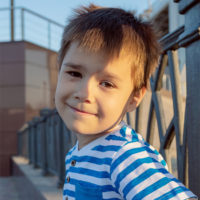
PTSD edition
Trauma can occur in many forms from single exposure to a life-threatening or fear-inducing event, to sustained trauma ranging from neglect, other abuses, famine or war. All of which can present in clinical practice.
Read more -

Mental health needs among young refugee populations
How do we effectively respond to the mental health and well-being needs of young unaccompanied refugees and asylum seekers living in Bristol and beyond? Co-produced by ACAMH, Creative Youth Network, Art Refuge UK Takeaways and learning points Better understand the cultural, social and mental health needs of young unaccompanied refugees and asylum seekers, and how […]
- Event type
- Day Conference
- Location
- Bristol
-
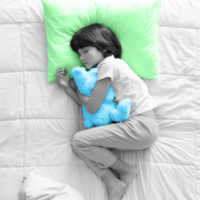
Sleep and Mental Health
Sleep difficulties are common in children and adolescents, especially in some high-risk groups, such as young people with developmental difficulties or mental health problems. Clinicians working in paediatric or child mental health settings need an understanding of sleep disorders. It is important to know how sleep disturbance impacts on a young person’s physical and cognitive […]
- Event type
- Conference
- Location
- Edinburgh
-

Practitioner recommendations for PTSD: a 2018 update
In 2018, Patrick Smith, Tim Dalgleish and Richard Meiser-Stedman compiled a Practitioner Review for the Journal of Child Psychology and Psychiatry on post-traumatic stress disorder (PTSD) and its treatment in children and adolescents. In their report, the researchers provide updates on the estimated rates of trauma exposure, and the incidence and course of PTSD in children.
Read more -
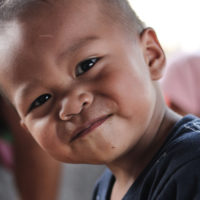
Eye movement desensitization and reprocessing improves PTSD symptoms in children
Practice guidelines for childhood post-traumatic stress disorder (PTSD) recommend trauma-focused psychological therapies as the first-line treatment. The primary approach is trauma-focused cognitive behavioural therapies, which have a large evidence base.
Read more -
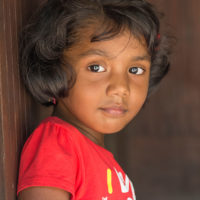
Trauma-focused group intervention is superior to usual care for young refugees
Data from a randomised controlled trial show that trauma-focused group intervention delivered by trained social workers in addition to usual care (UC) is more effective in reducing post-traumatic stress symptoms (PTSS) in young refugees than UC alone.
Read more -
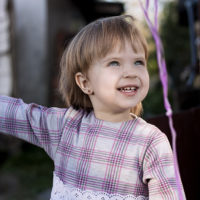
Foster care promotes adaptive functioning in early adolescence among children who experienced severe, early deprivation.
Experiences in our early life can have long-term consequences on development. Children who have experienced severe deprivation, in the form of institutional care (orphanages), are at greater risk to experience a range of social, emotional, and cognitive difficulties. In fact, much of the research tracing long-term consequences of early adversity have come from a deficit model (i.e., “what goes wrong for those with negative experiences”).
Read more -

Early cognitive therapy for traumatised young people works and is also cost-effective
More than half of children and adolescents will experience traumatic events like vehicle accidents, house fires, or violence. However, brief counselling for young people in the immediate aftermath of an acute traumatic event has not be shown to be any more effective than not intervening and allowing natural recovery to take its course.
Read more